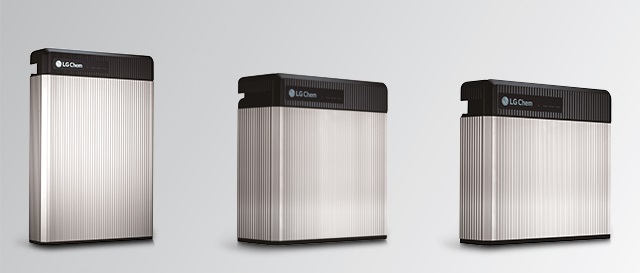There are a number of ways to describe the differences between lithium-based batteries and traditional lead-acid batteries but, for this article, we will just focus on the primary energy storage usage differences to highlight the advantage that Lithium batteries offer for demand charge reduction.
First, there are many types of lithium-based batteries with each derivative offering its own flavor of attributes. Lithium-ion which uses Cobalt or Manganese as the cathode, has the highest energy density of all lithium-based batteries and is most commonly found in smartphones and household electronics. Lithium-iron which uses Iron Phosphate as the cathode, offers excellent energy density, long-life and possesses superior thermal and chemical stability.
At this point, a chart might be helpful:
|
Lithium |
Lead-Acid |
|
|
Vol Energy Density Wh/l |
500 |
100 |
|
Grav Energy Density Wh/kg |
200 |
40 |
|
Cycle Life |
5,000+ |
400-500 |
|
Life Span |
15 years |
3 years |
|
Depth-of-Discharge (DOD) |
95% |
50% |
|
Efficiency |
98% |
75% |
|
Charge Return |
2-4hrs |
8-16hrs |
|
Maintenance Costs |
No |
Yes |
|
Cost/kWh Per Cycle |
$0.10 |
$0.33 |
|
Cost/kWh Per Cycle w DOD |
$0.11 |
$0.67 |
The above table illustrates why over 90% of grid-scale battery storage is lithium-based battery technology. The top two rows above you may not be familiar with, they are measures of how much potential is contained in the battery per stated unit of measure. Whether it be volumetric energy density (Watt-hours/liter) or gravimetric energy density (Watt-hours/kilogram), the contrast emerges with lithium having the greater potential. To capture the value of demand charge reduction, you need a high potential energy battery that can cycle daily for many years without degradation. You also need a battery that can be charged and discharged quickly and can be discharged to the lowest state to reduce unusable capacity costs. This value is reflected in the last row “Cost/kWh per Cycle with respect to Depth-of-Discharge”. This method of calculation levelizes the cost between the two technologies to show that even though lithium-based batteries may have a higher acquisition cost, once you consider the life and usage cycles of the batteries, lithium wins by a wide margin with savings of over $2,800/kWh over 5,000 cycles without the replacement and maintenance costs of lead-acid.


